WHO data shows that an estimated 1.3 million women and girls living with HIV become pregnant each year globally. In the absence of intervention, the rate of transmission of HIV from a mother living with HIV to her child during pregnancy, labour, delivery or breastfeeding ranges from 15% to 45%.
As such, identification of HIV infection should be immediately followed by an offer of linkage to lifelong treatment and care, including support to remain in care and virally suppressed and an offer of partner services. In 2019, 85% of women and girls globally had access to antiretroviral therapy (ART) to prevent mother-to-child transmission (MTCT)
Syphilis is one of the most common sexually transmitted infections globally, with approximately 6 million new cases each year. If a pregnant woman who is infected does not receive early and effective treatment, she can then transmit the infection to her unborn infant. This is known as congenital syphilis.
Mother-to-child transmission of syphilis, or congenital syphilis, is usually devastating to the fetus if maternal infection is not detected and treated sufficiently early in the pregnancy. Most untreated primary and secondary syphilis infections in pregnancy result in severe adverse pregnancy outcomes.
The burden of morbidity and mortality due to congenital syphilis is high. In 2016, WHO estimated 661 000 total congenital syphilis cases globally, including:
- 143 000 early fetal deaths and stillbirths
- 61 000 neonatal deaths
- 41 000 preterm or low-birth weight births
- 109 000 infants with a clinical diagnosis of congenital syphilis.
Of these adverse birth outcomes, 57% occurred in pregnant women attending antenatal care but not screened for syphilis; 16% occurred in mothers who were screened for syphilis but either did not receive treatment or received inadequate treatment. Congenital syphilis is also the second leading cause of preventable stillbirth globally, preceded only by malaria.
Challenge in India
The HIV/AIDS epidemic in India is the second largest in the world with approximately 2.4 million people living with the virus. The government’s response to this epidemic has been through the National AIDS Control Programme (NACP) since 1992, which has been successful in preventing new HIV infections and reducing AIDS-related mortality. However, certain areas, such as the elimination of vertical transmission of HIV and Syphilis, require more attention and prioritization.
India Vertical transmission is an important transmission route for new HIV infections in children. Around 4% of HIV infections in India result from vertical transmission. However, the risk factors for vertical HIV transmission to the unborn child vary.
The progress on HIV and Syphilis testing and treatment has been slower, with HIV testing and treatment coverage never exceeding 82%. Syphilis testing coverage among pregnant women is reported to be much lower than HIV testing. Although the number of new pediatric HIV cases has declined significantly, falling below the target level of <50 per 100,000 live births, the mother-to-child transmission rate remains high at 24%, indicating a need to improve testing and treatment coverage. Almost 8% of the estimated new HIV infections in India in 2021 were contributed by mother-to-child transmission.
The estimated number of newborns with clinical evidence of Syphilis due to mother-to- child transmission was 16,324 in 2012. The estimates were calculated using WHO tool for estimation of maternal Syphilis and its adverse outcomes. The estimations were based upon the sero-reactivity of Syphilis as per HSS 2010-11 for ANC attendees and the proportion of pregnant women accessing ANC services as per HMIS 2010 -11 out of the estimated 29,681,000 pregnancies.
Elimination of HIV and Syphillis
Several countries are now poised to eliminate vertical transmission of both these diseases. Cuba was the first country to be validated for successful elimination of vertical transmission of HIV and Syphilis in 2015. As of November 2021, globally, fifteen countries and territories have been validated for elimination of vertical transmission of HIV and Syphilis and one country has been certified on the silver tier, in the path to elimination.
In the South-East Asian Region, three countries have been validated for having achieved elimination of vertical transmission of HIV and Syphilis (EVTHS), Thailand in 2016, Maldives and Sri Lanka in 2019.
A momentum created in India
- The momentum created by this process has galvanized many more countries globally, including India, to strengthen their programmatic performance and work towards elimination of vertical transmission of HIV and syphilis (EVTHS).
- India has made a commitment to end the AIDS epidemic as a public health threat by 2030 in accordance with the Sustainable Development Goals (SDG). This commitment was reiterated by the Government of India at various international forums, such as the United Nations General Assembly and BRICS.
- Although there has been significant progress on eliminating the vertical transmission of HIV and Syphilis, more work needs to be done to achieve the World Health Organization’s targets for elimination. While the registration of pregnant women for ante-natal care services is high, between 92-97%, the progress on HIV and Syphilis testing and treatment has been slower, with HIV testing and treatment coverage never exceeding 82%. Syphilis testing coverage among pregnant women is reported to be much lower than HIV testing.
- Syphilis testing coverage among pregnant women is reported to be much lower than HIV testing. Although the number of new pediatric HIV cases has declined significantly, falling below the target level of <50 per 100,000 live births, the mother-to-child transmission rate remains high at 24%, indicating a need to improve testing and treatment coverage. Almost 8% of the estimated new HIV infections in India in 2021 were contributed by mother-to-child transmission.
- To speed up the progress towards eliminating vertical transmission of HIV and Syphilis, the fifth phase of the NACP programme set a goal of achieving this by 2025.
- Role of EVTHS programme in India
- EVTHS Program has been rolled out 7 states of the country including Uttar Pradesh based on high prevalence, high density of population and high number of pregnant women.
- In the state of UP – Prayagraj district was chosen to pilot this program.
- Key Strategies is adopting by state in for the EVTHS
- Universal screening of pregnant women in each govt. and private health facilities- in the govt health facilities – HWCs and Primary health center will play a critical role for testing of each pregnant women for HIV and Syphilis.
- Screening of pregnant women for HIV and Syphilis in the Village Health Sanitization and Nutrition Day at village level by ANMs.
- Preconception counselling will be done for each PLHIV patients (Women)+ Family, member (partner)
- Ensuring availability of rapid diagnostic kit for HIV and Syphilis at each govt. health facilities
- Linkage of confirmed cases with ART centre for the compliance of treatment of PLHIV
- Strategies to ensure follow up of the reactive cases
- Engagement of private sector hospital and labs and IMA and FOGSI and IAP to screen and notify the cases to district CMHO for the linkage in ART centres
- Community engagement for the removal of stigma related to HIV and Syphilis
(Dr. Heera Lal is an IAS officer, currently serving as APD UPSACS and AMD NHM, Uttar Pradesh; Dr. Rohit Baghel is a WHO health officer; Views are personal)






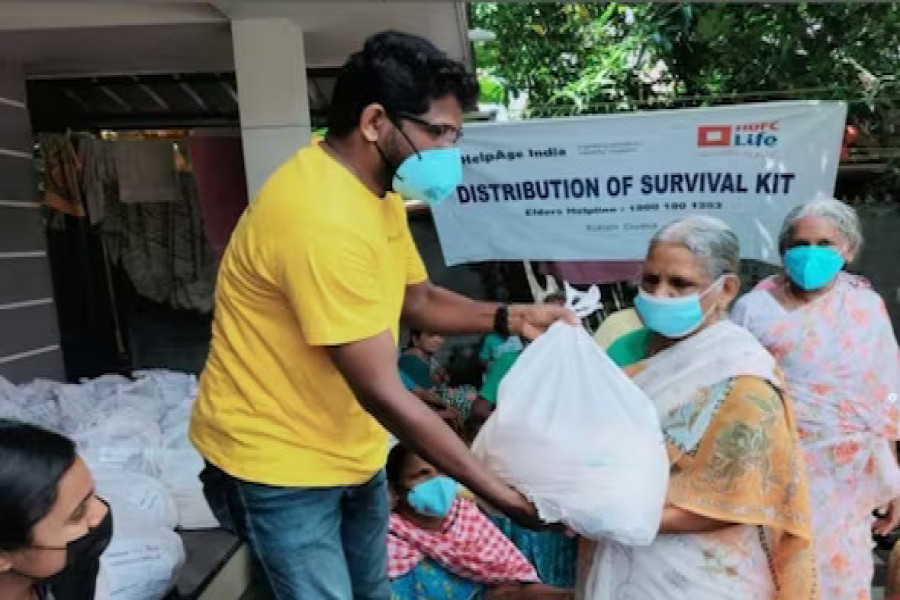




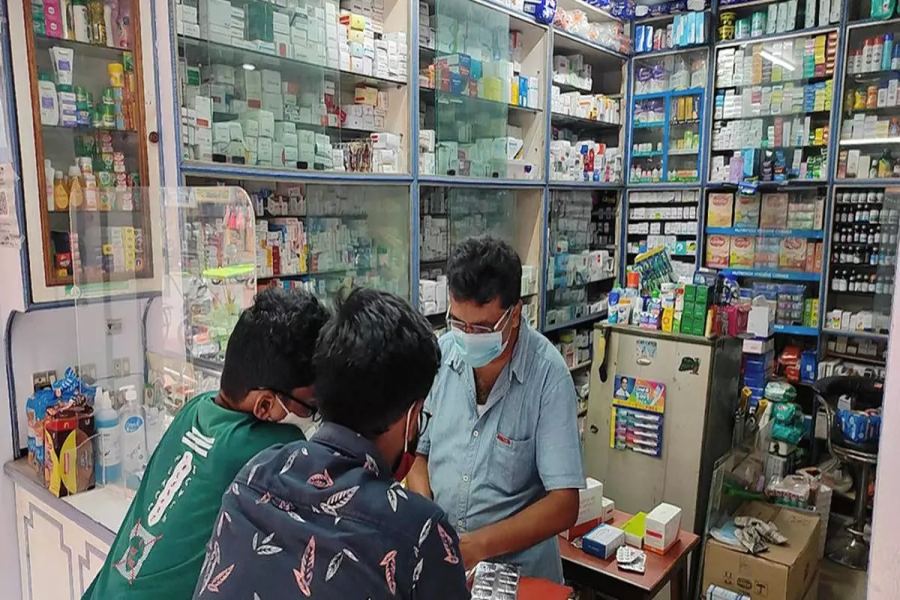
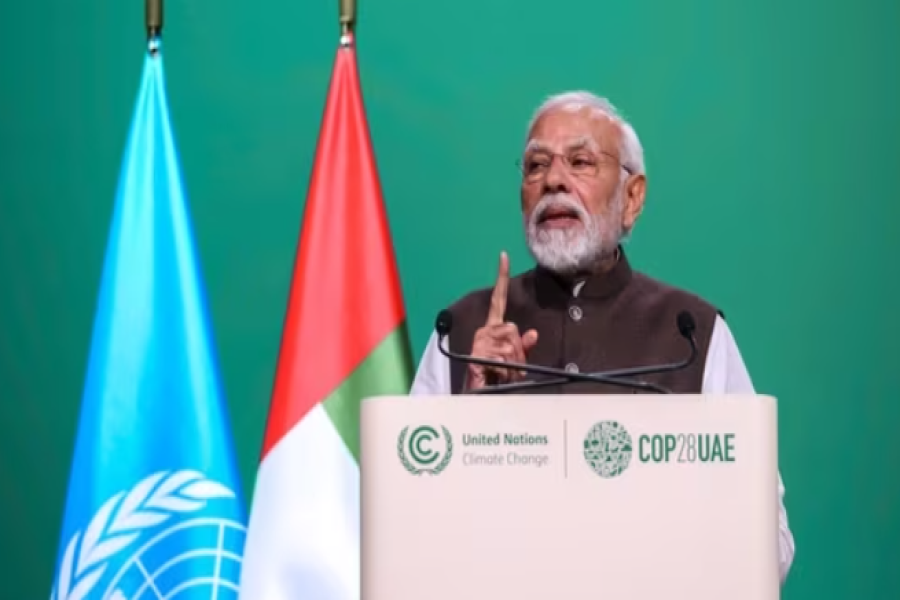






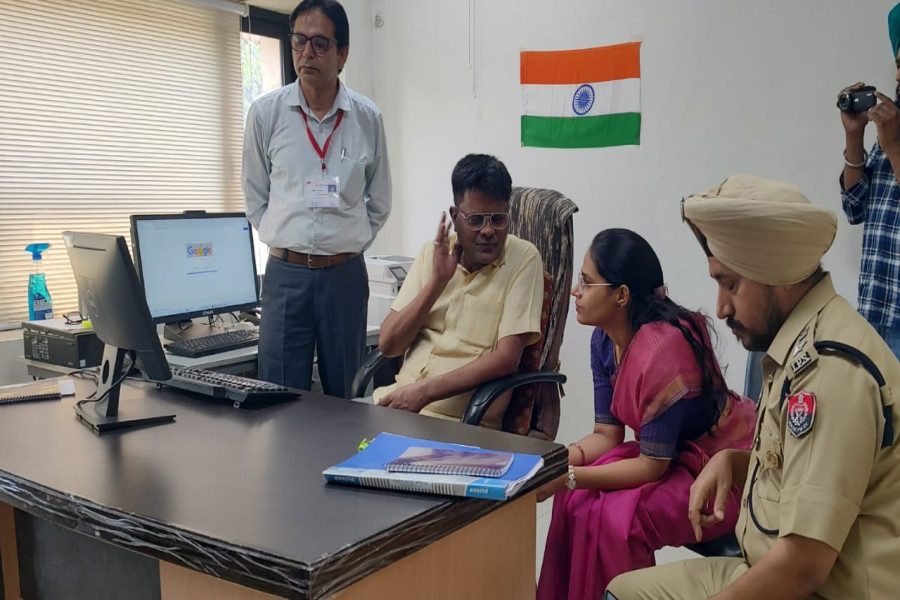


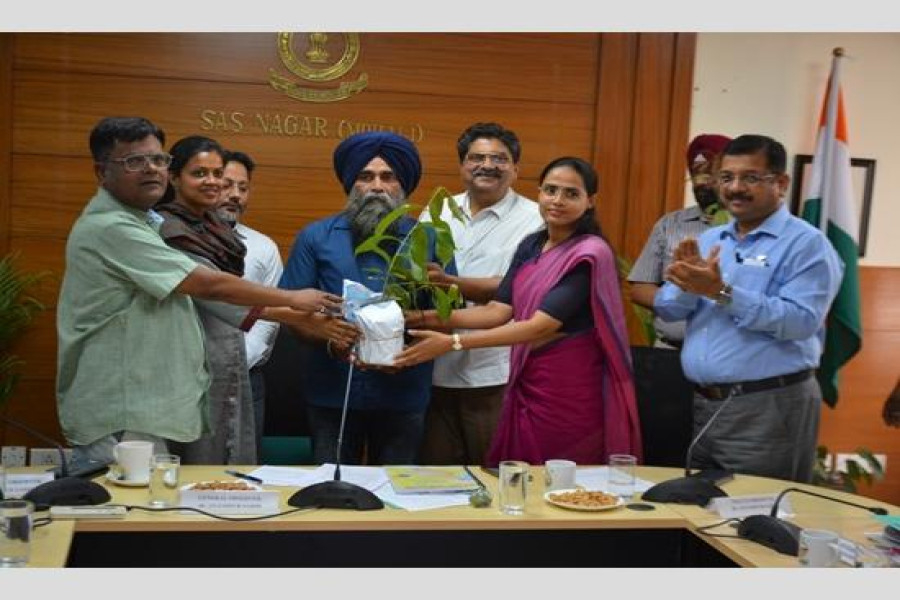

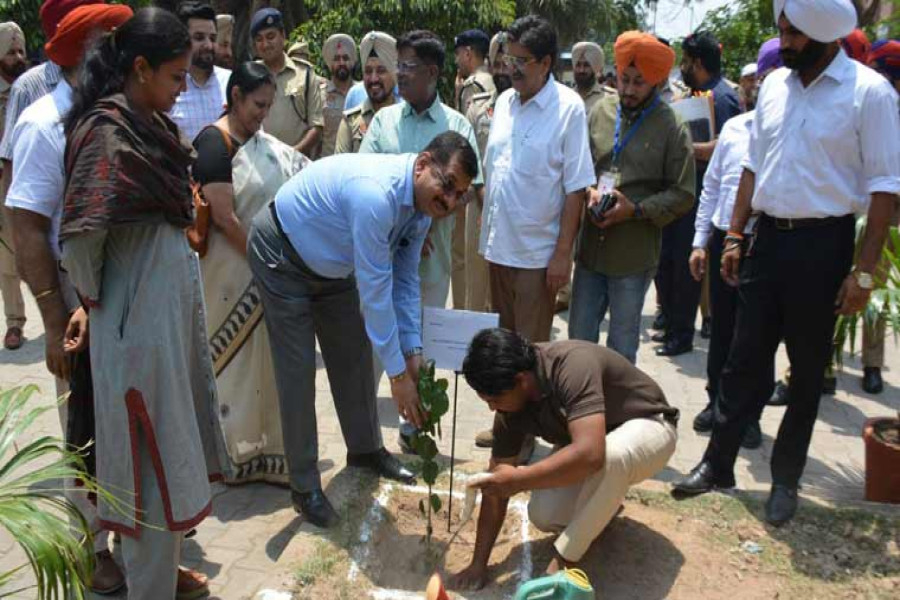


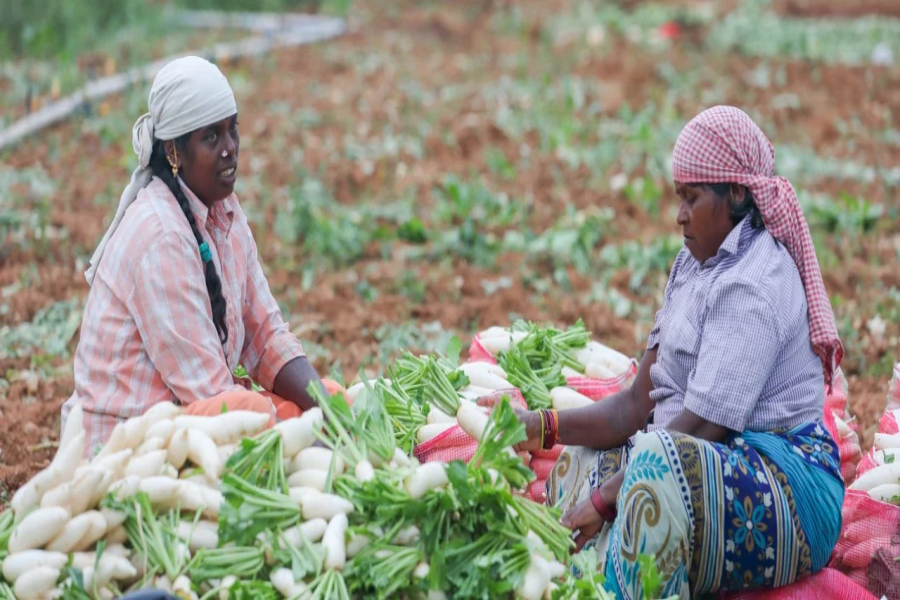


.jpg)